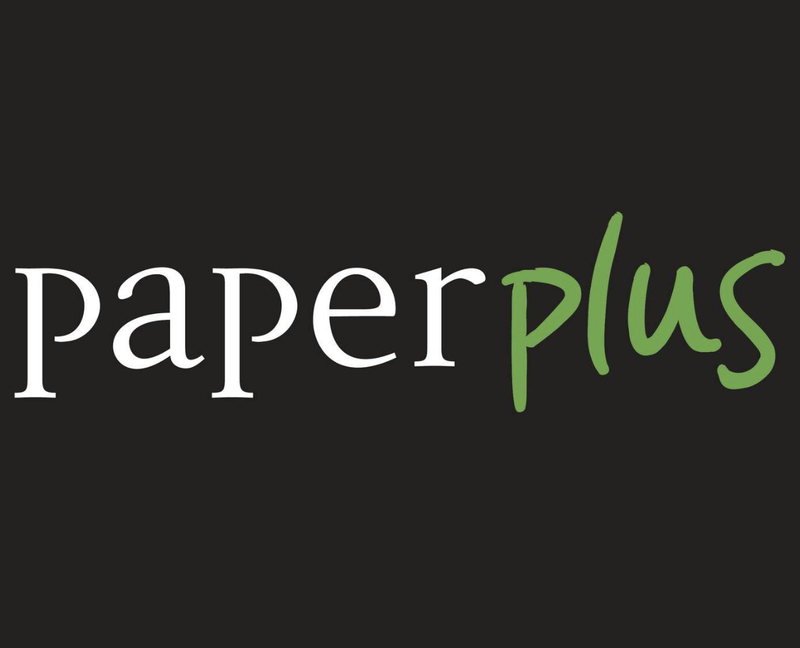Greg Randall’s approach was pragmatic and surgical. Unable to change the underlying eCommerce technology, he focused on improving conversion rates and the overall user experience (UX) within the system’s limitations. Two core services were set in motion:
1. eCommerce Conversion Rate Optimisation (CRO): Enhancing the proportion of visitors who become paying customers.
2. User Experience (UX) Design: Ensuring intuitive, frictionless shopping journeys across devices.
Step 1: Deep Analysis of Consumer Behavioural Data
Greg began with an exhaustive analysis of how customers engaged with the site. This included:
- Tracking digital behaviour to pinpoint where users struggled or abandoned their journeys.
- Interviewing customer support staff to gather frontline insights.
- Parsing incoming customer questions from emails and social media comments for more granular pain points.
This phase yielded a rare, holistic view of the “experiential chaos” hindering purchases—a blend of technical glitches and UX missteps affecting real shoppers.
Step 2: Ranking the Issues
With a clear understanding of the problem areas, Greg systematically documented and ranked each issue. The ranking was based on the following criteria:
- Commercial impact: Which issues, if resolved, would drive the greatest improvements in sales?
- Ease of implementation: Which fixes were feasible given the existing technology?
- Alignment with business strategy: Which changes supported broader company goals?
Step 3: Recommendations – Fixing the Issues
Greg distilled his findings into an actionable document that detailed the top issues, explained in accessible, everyday business language.
The document formed the framework for a Phase 1 change project. Every recommendation was mapped to a specific pain point, with clear instructions on how to resolve it using the existing eCommerce technology.
Step 4: UX Design Planning
Once the scope was approved, Greg shifted his attention to user experience design. He developed wireframes for both desktop and mobile devices, accompanied by detailed commentary. This “change bible” specified the structure and mechanics of every page layout, removing ambiguity for the development team.
This allowed Greg to weave eCommerce best practices throughout the necessary changes.
Step 5: Collaboration with the eCommerce Agency
The final phase was hands-on collaboration. Greg worked closely with the eCommerce Agency, guiding them to execute the wireframes precisely.
The UX blueprint was followed meticulously, and when the changes went live, the impact was immediate and measurable.

